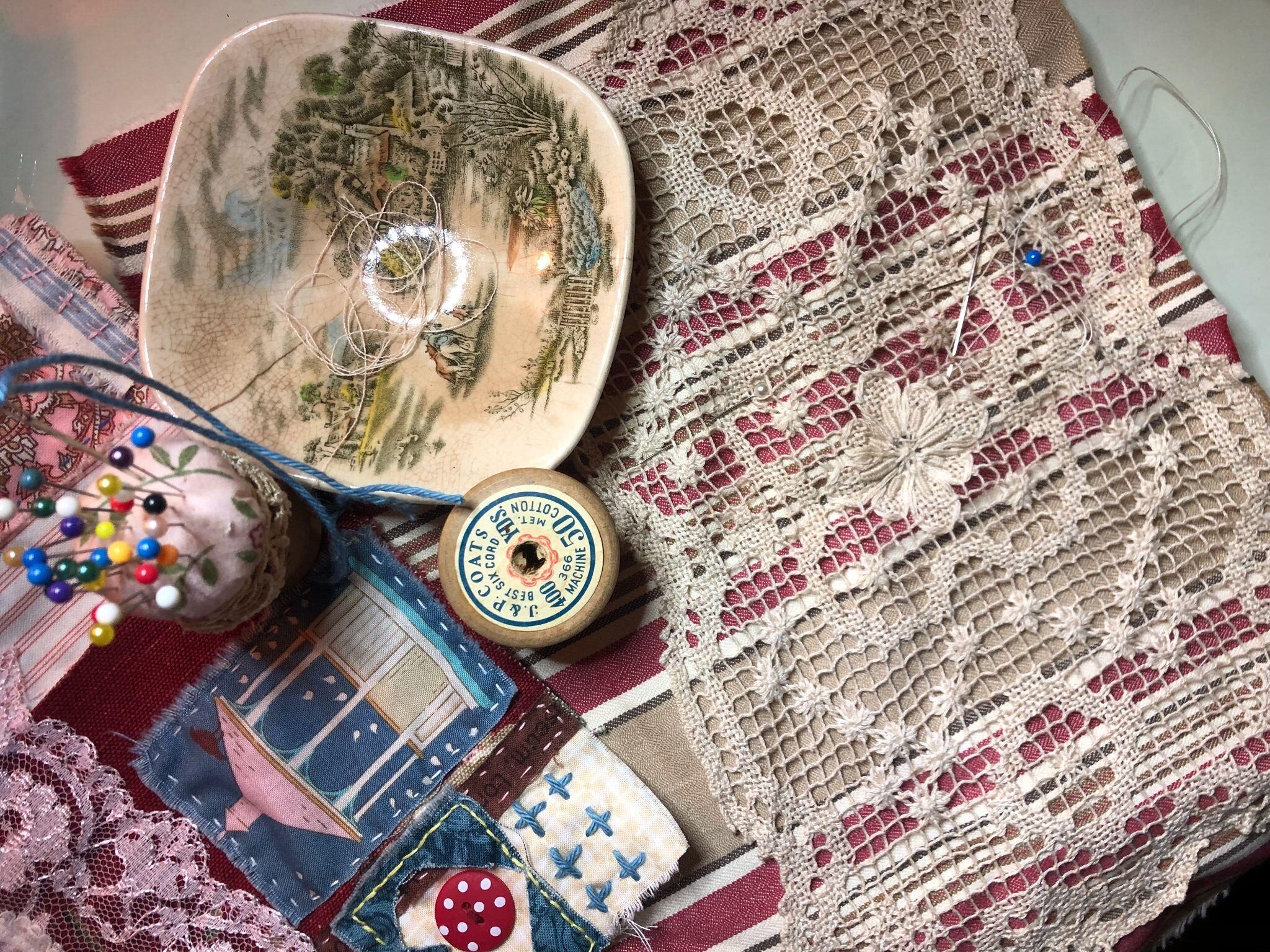
Understanding Local Craft Fairs: A Guide

by Craft Alive | 5 minutes, 9 seconds read
Australia has a long, rich history of crafts, dating back to way before European settlers set foot here. It’s one of many pre-colonial traditions that not only survived the lasting effects of the Industrial Revolution but also continued to thrive amid mass-produced goods in the market. For artisans, it’s more than just making a living – it’s about leaving an impression.
There’s much fanfare when it comes to crafts, a point exemplified by local craft fairs and the droves of artisans and patrons they attract. As society leans more toward technology, now is a good time to talk about these events and why they managed to survive this long.
What is a Craft Fair?

A craft fair needs no lengthy introduction. Similar to other fairs, it’s a limited-time special event for showcasing a range of crafts, from fabrics to papercrafts, and the necessary crafting supplies to perform them. Craft-making doesn’t imply that no form of equipment or machinery is used, but rather, the crafts aren’t mass-produced for the sake of meeting consumerism levels of demand.
The craft industry is relatively small in terms of contribution to Australia’s gross domestic product (GDP). According to The Value of Craft Skills to the Future of Making in Australia, jointly published by the Australia Research Council and the University of South Australia, the industry added AUD$19.2 billion to the country’s AUD$2.35 trillion GDP in 2021.
However, the report also stressed the importance of craft-making skills in sustaining and developing the country’s production industries. As per the insight of one study participant (whose identity was kept hidden), without such skills, “…there’ll be a certain point where all we can do is throw it away.”
In a way, a craft fair is also designed to raise awareness about how relevant and important craft-making still is. It’s a display of skill in making something wonderful and longer-lasting with far less waste of precious resources.
Speaking of skill, this event also serves as a platform for artisans to hold their craft-making classes. Regardless of how easy scrapbooking or weaving may seem, they can help teach people how to do crafts right and perhaps inspire them to pursue craft-making.
Where Do I Find a Craft Fair?
Craft fairs often occur at the local level, so it won’t be hard to stumble upon one being held in or close to your place. However, thanks to the Internet, finding one has never been much easier, with several craft fairs being held completely online.

Many of these fairs are part of an event series, such as CraftAlive. You can visit their official website to learn about their upcoming fairs and even purchase tickets and sign up for craft-making classes. Other important details on display include the list of attending exhibitors and a map of the venue and the surrounding area.
Buying tickets and booking classes at the fair’s website saves guests the trouble of on-site queueing. Attendance at a local craft fair can reach thousands in a single day, so getting a spot at the fair online lets you skip the long lines.
What Can I Expect at a Craft Fair?
Whether you’re commuting or driving to a craft fair, you’d want to arrive early to secure a parking spot (if driving) and roam the stalls with ease before peak hours. This is important for fairs held in major cities like Melbourne, Adelaide and Perth, where traffic can be a pain.
Early birds can also be guaranteed stocks of the unique crafts and gifts they’re eyeing, as not all exhibitors replenish their on-site inventories within the day. In fact, for some exhibitors, their stock is all they can provide for the duration of the fair. Mass-producing goods defeats the purpose of craft-making and risks incurring major losses if vendors, exhibitors and local artists can’t sell everything.
The reputation of craft fair exhibitors varies, but most are already well-known among their respective crafts (no pun intended) and have attended similar fairs before. This is because showing one’s goods at a craft fair requires ample preparation and logistics, and some first-time exhibitors tend to prefer gaining experience by attending much smaller craft shows and events.
Craft-making is never an easy profession, but that doesn’t stop artisans from toiling for hours to produce something wonderful by hand.
If you think you’ll be bringing home a lot, consider bringing reusable bags instead of single-use plastic ones. As mentioned earlier, craft-making creates beautiful and useful goods for fewer resources. Nothing highlights the eco-friendliness of a craft fair than its visitors being committed to such an advocacy.
What Craft Genres Does a Craft Fair Feature?


A craft fair showcases a vast range of craft genres, some of which include:
- Applique
- Art journaling
- Bag making
- Card making
- Crochet and macrame
- Dressmaking and pattern drafting
- Fabric painting
- Felting
- Hand and machine embroidery
- Indigo dyeing
- Knitting
- Mixed media
- Patchwork
- Quilting
- Sashiko (functional embroidery)
- Scrapbooking
- Stamping
- Weaving
- Vinyl
These genres and more can be found in both the exhibits and fun crafting classes, depending on the attending local artists, exhibitors and professionals. That’s why it’s a good idea to find out more about a craft fair and its exhibitors before buying tickets. If a brand or crafting class strikes your fancy, it’s worth checking out at the fair.
What If I Miss the Craft Fair?
Don’t fret over missing out on a craft fair, as these events are unlikely to go away anytime soon. The next one won’t be that far off, whether at the community or city level, giving you ample time to prepare for it.
If anything, craft-making in the modern age has an opportunity to be in a better position to promote domestic production capability. Over the years, some manufacturers that once mass-produced goods have transitioned or expressed intent to transition to a craft-based approach. It’s also spurred interest among the current generation.
While progress on these fronts remains slow, it’s nonetheless occurring steadily. Attending a local craft fair may provide the means and, more importantly, the inspiration people need to keep this age-old practice alive.
Recent Stories

Best Craft Fairs in Australia 2025: Top Picks and Highlights
by Craft Alive | 4 minutes, 31 seconds read

Craft Industry Trends for the Start of 2025
by Craft Alive | 5 minutes, 14 seconds read

Understanding Local Craft Fairs: A Guide
by Craft Alive | 5 minutes, 9 seconds read
Send Us a Message
"*" indicates required fields








